Categories
- Argentina
- Chile
- Antarctica
- Easter Island
- Falklands (Malvinas)
- Bolivia
- Peru
- Uruguay
- Paraguay
- Brazil
- Venezuela
- Colombia
- Ecuador
- Galapagos
- Panama
- Costa Rica
- Cuba
- Nicaragua
- Honduras
- El Salvador
- Guatemala
- Belize
- Mexico
- Latin American Xmas
Pages
- Street Art of Buenos Aires
- A week in Buenos Aires
- The Jesuit Missions in South America
- Contact Us
- Map of Central America
- First week in Latin America – October 2009
- Home Page
- Map of South America
Archives
- October 2011 (3)
- September 2011 (9)
- August 2011 (10)
- July 2011 (7)
- June 2011 (6)
- May 2011 (11)
- April 2011 (10)
- March 2011 (4)
- February 2011 (5)
- January 2011 (6)
- December 2010 (6)
- November 2010 (4)
- October 2010 (8)
- September 2010 (5)
- August 2010 (7)
- July 2010 (5)
- June 2010 (6)
- May 2010 (6)
- April 2010 (7)
- March 2010 (6)
- February 2010 (9)
- January 2010 (4)
- December 2009 (8)
- November 2009 (5)
- October 2009 (2)
Cajamarca
09th September 2010
A 12 hour bus ride took us from Chachapoyas to Cajamarca, winding around the mountainsides through spectacular scenery along a narrow dirt road. At times we could not look down when all we could see below was thousands of meters of air. We knew we were in for something special when they handed out sick bags before we left.
.
Cajamarca was the administration centre for the Inca Empire. With its colonial buildings, Cajamarca is the prettiest and the most ¨Spanish¨ city in Peru. It was here the Spanish defeated (massacred) the unarmed Incas in November 1552. ¨Y como los indios estaban sin armas fueron desbaratados sin peligro de ningún cristiano.¨ (¨And as the Indians were without weapons they were destroyed without danger to any Christians.¨) Hernando Pizarro 1553. The only Inca building remaining is the ¨Ransom Room¨ – Atahualpa promised the Spanish a room full of gold and a room full of silver for his release, but was executed anyway.
.
In nearby Baños del Inca is Atahualpa´s own bath where the Spanish found him bathing when they arrived. We visited during the Fiesta de la Virgen de la Natividad. Everyone was in town dressed in their best, including their typical campesino (country folk) hats.
.
The pre Inca Caxamarca civilization were in this region from approximately 300 to 800AD. Evidence of their presence remains in the Otuzco Windows, a necropolis of now empty tombs resembling windows carved into the volcanic hills. Remains of important people who had first been buried in the ground for 2 years were then moved to the necropolis.
.
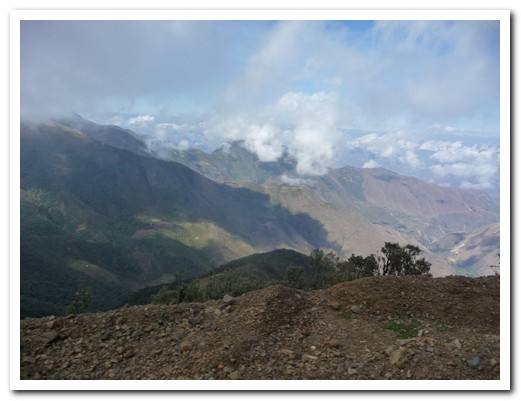
Bus ride 3500 meters up in the clouds to Cajamarca
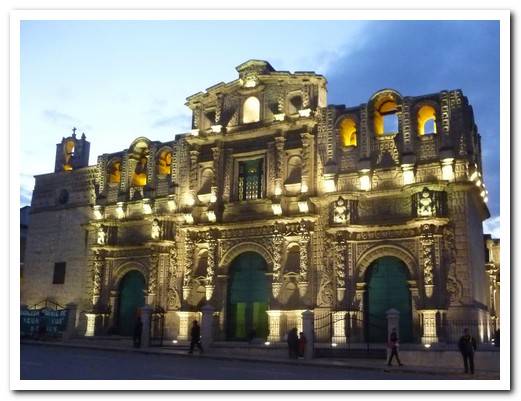
The Cathedral
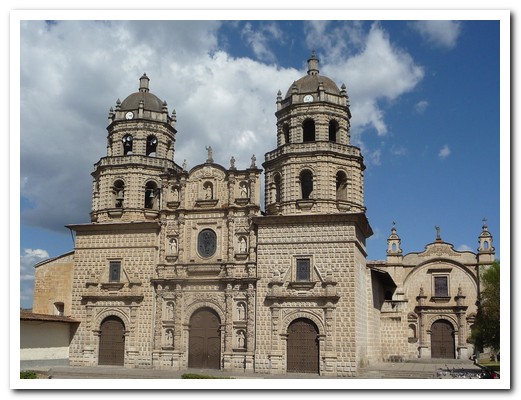
Iglesia San Francisco

Iglesia Las Concepcionistas Descalzas
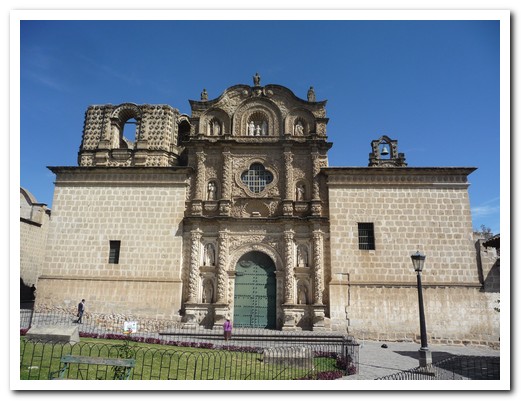
Conjunto Monumental Belén
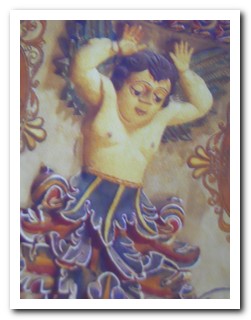
Angel on the ceiling
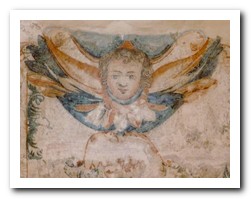
Angel on the wall
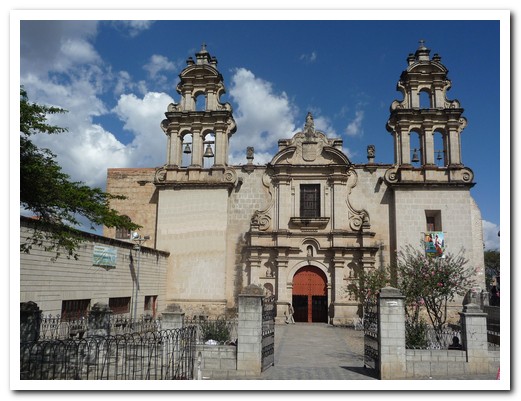
Conjunto Monumental Recoleta
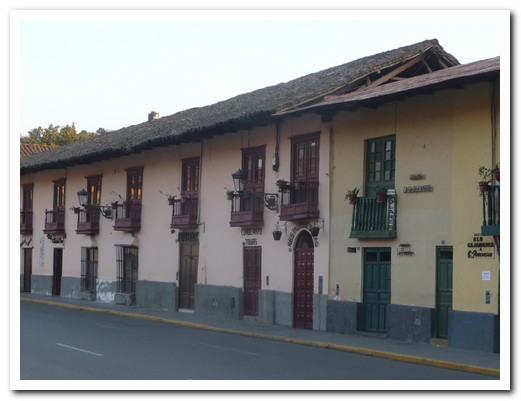
Colonial buildings
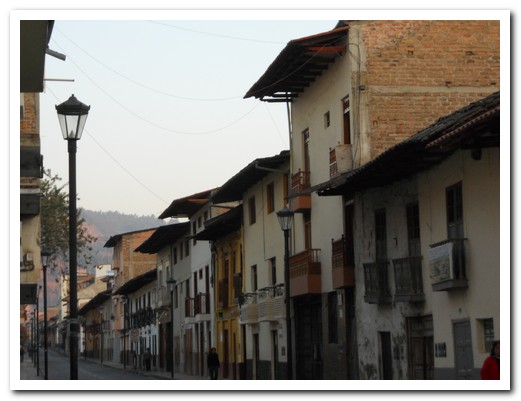
Street in Cajamarca
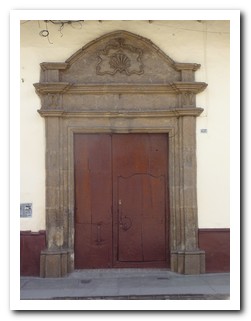
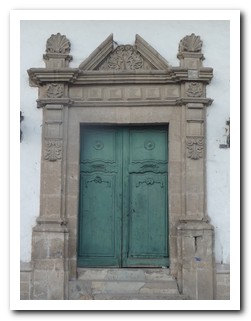
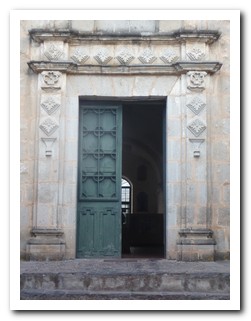
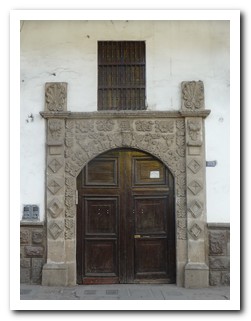
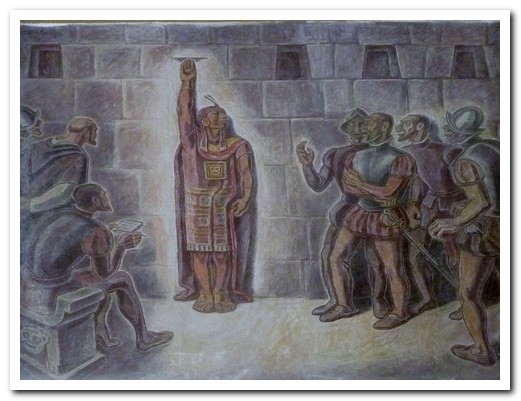
The Inca Atahualpa indicating the height of gold in the Ransom Room
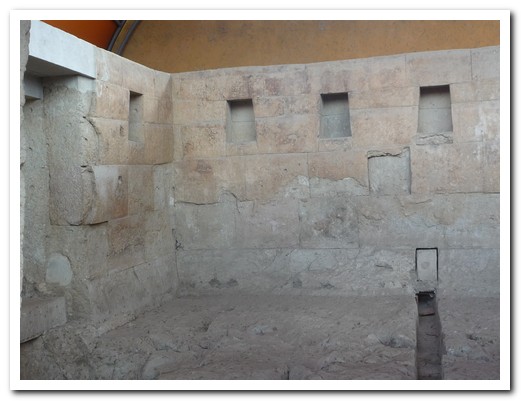
The Ransom Room today
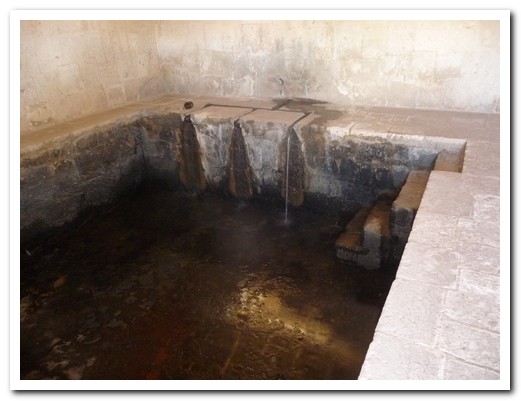
The Inca was taking a bath here when the Spanish arrived
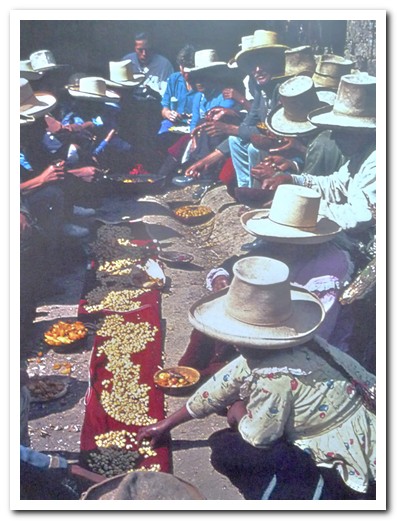
Typical sombreros of the area
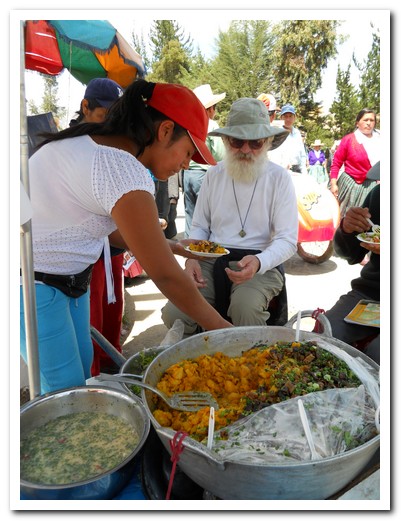
Papas for lunch

Funeral niches ...
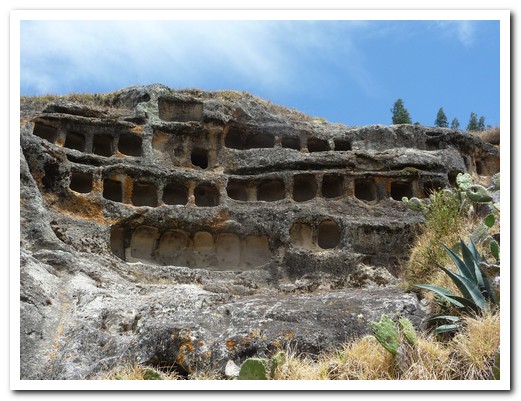
... at the Otuzco Windows